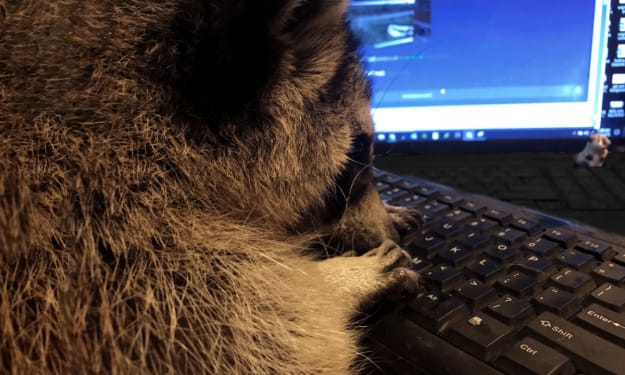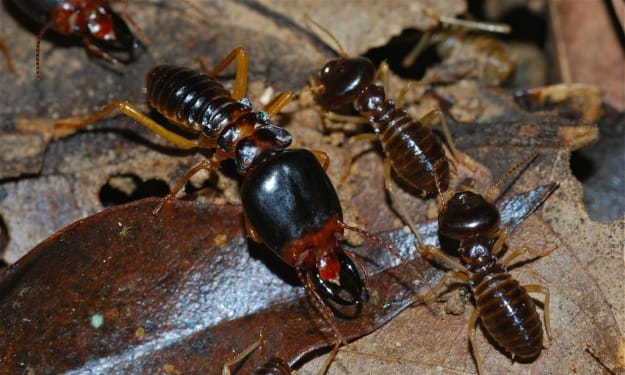Snake Hospital
Trying to Save a Costa Rican Cat-Eye

Leave it to me to find a wounded snake first thing in the morning, before I've even had a single sip of coffee. True to form, there goes bleary-eyed me, rummaging through a pile of discarded buckets and threadbare tarps trying to uncover the other end of a long, thin tail I saw slithering into the farm's plastic recycle heap.
Old habits die hard.
Growing up in North America, I'd only had to learn about three venomous varieties of snake: rattlers, moccasins, and coral snakes. Costa Rica is a whole different ballgame. Here we have all sorts of vipers and neurotoxic species with patterns and colors so diverse that it could take a lifetime to learn them all. General rules of thumb like round eyes versus elliptical eyes for distinguishing venomous from harmless do not apply in the rainforest. Identification can be tricky, and if mistakes are made, the consequence could be deadly.
I exercised extreme caution with this snake, even after I was able to see it was horribly injured. From its misshapen head down its neck to about a third of its body length, it bore fresh scars from being clobbered, repeatedly, long past the point that it should have been dead. I had no idea if it could even open its battered mouth, much less bite or feed itself. When I finally felt safe picking it up by the tail, it hung limp through that entire span of its body, unable to strike at me even if it had been so inclined.
My heart broke. Poor creature. It was no doubt in tremendous pain, and from the looks of things, it hadn't eaten in a while. I did my best to take photos of it without putting myself at risk and sent them off to some experts who felt they could help me identify it.
Their answer came back within minutes. Not a terciopelo or any of the other dangerous vipers, but a relatively harmless cat-eyed snake, mildly venomous but posing no significant medical threat to humans. My own research about the cat-eye, otherwise known as Leptodeira, bore this out. One case study about a Columbian biologist who received a severe bite details a localized reaction that took a few days to resolve, but the biologist was so unimpressed with her own injury that she didn't even bother to follow the pharmaceutical regimen prescribed for her by emergency services. I figured it would probably be safe for me to try and help this sad little snake with the lopsided head.
I started with some fluids, a powdered electrolyte mix I keep on hand for animal emergencies. I had no idea if the snake could unhinge its jaw to accept solid food, so the liquid was a good start. It took several drinks of the stuff and within hours showed a brighter disposition. I waited until the next day to boil some chicken and offer tiny bites. To my surprise, it ate greedily and has continued to do so without once trying to sink its rear-positioned fangs into my fingers.
I've documented the feedings on video, which I've shared here. I also show some of the physical therapy work we've done to try and strengthen its battered neck. This snake is still not out of the woods. Every day I fear that uncovering its dark terrarium will reveal a corpse. Yet every day, I'm greeted with a soft rustle under the banana leaf I put there for cover as it shrinks from the light. I try to not disturb it often or handle it much, as taming it is not the goal. This snake needs to be releasable. But as you can see in the video, it has already learned to work with me during feeding time and has become trained to respond to certain stimuli. Here's hoping it makes a full recovery and returns to a life of ease in the rainforest very soon.
About the Creator
Rhonda Kay
Animal lover. Writer. Traveler. Instigator.
Connect with me!
https://www.facebook.com/rhonda.kay.79/
https://www.youtube.com/channel/UCZhDYUQ8FAbYH8Jc7txQ0KQ
https://twitter.com/DianeRyanRK
https://www.instagram.com/dianeryanrk/






Comments
There are no comments for this story
Be the first to respond and start the conversation.